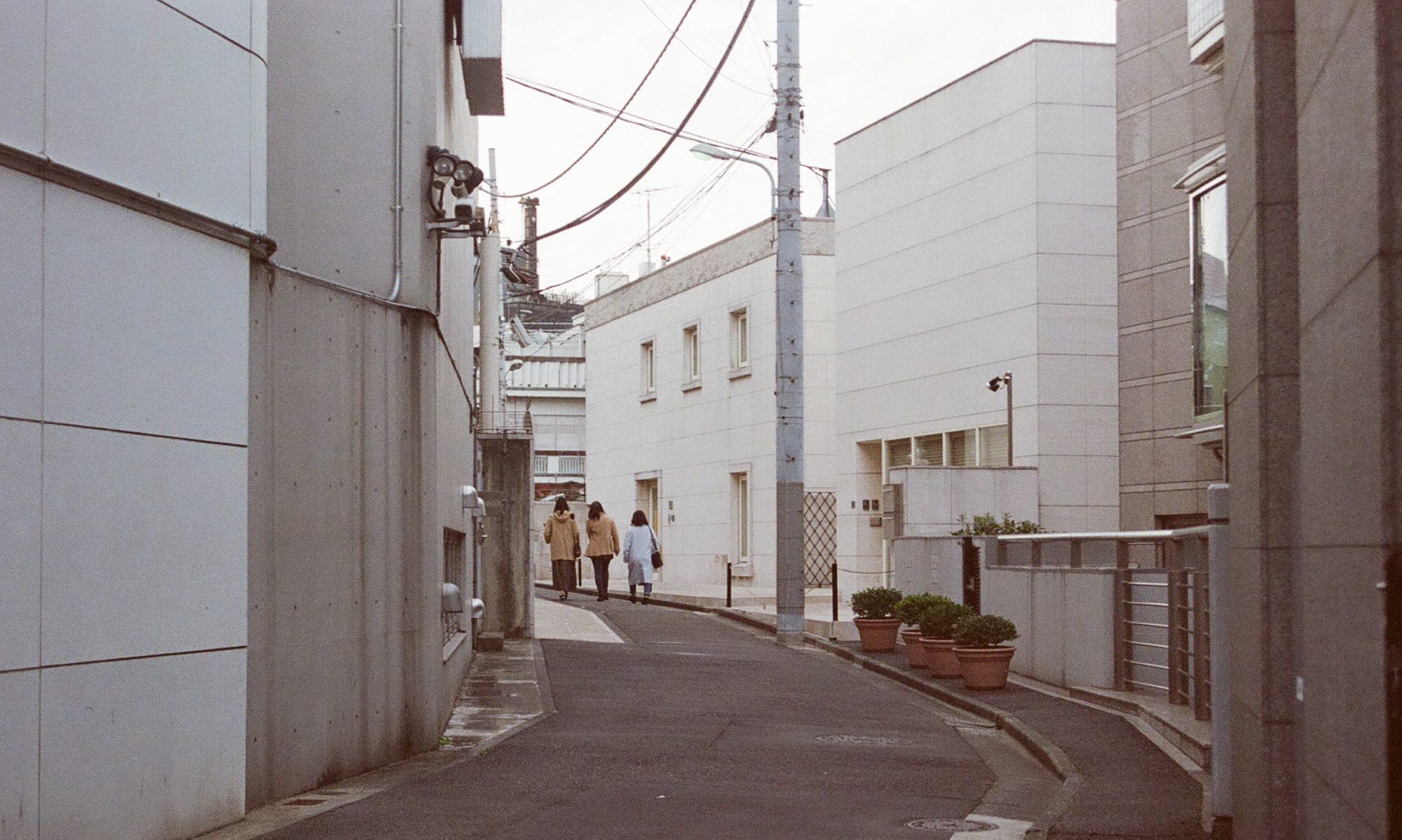A critique of Social Practice Art:
What does it mean to be a political artist?
by Ben Davis
The article highlights and challenges the burgeoning trend in art – Social Practice, where art serves a social purpose of giving back to the community. It is birthed from a rejection of the institutionalism and capitalism of art, where artists such as Rick Lowe facilitated the shift in the function of art to tackle tangible social and political issues. The key questions raised by the author are whether “social practice” can be considered art and if so, what formal and theoretical frameworks are needed to critique “social practice”?
Social practice is defined as an art medium that creates engagement within a community through collaboration and discourse, where the process is valued over the end product. It differs from activism where the outcome is the main goal. Socially engaged art appear in various social forms, where the article proposes living as form in the case of the Project Row House. Does the art exist within the discourse amongst the community living in the art spaces or the urban and cultural design of “forms of living” of the project itself?
Social practice as an art form is a shift away from the traditional aesthetic function of art, where there is a predetermined hierarchy for its value. In the theory of art-making, social practice values the methodology where aesthetics are defined by human engagement and participation. “Community as our Artform” shows the role of the artist as a social healer where art is made by the people for the people, removing the institution from art.
When discourse is art’s response in tackling social issues, the impact of social practice may seem as weak as compared to real live social movements. This issue once again questions the function of art in society. However, there is value in social practice’s role of the “call-to-action” by forming communities with a common goal. It strengthens art’s function of pedagogy.
